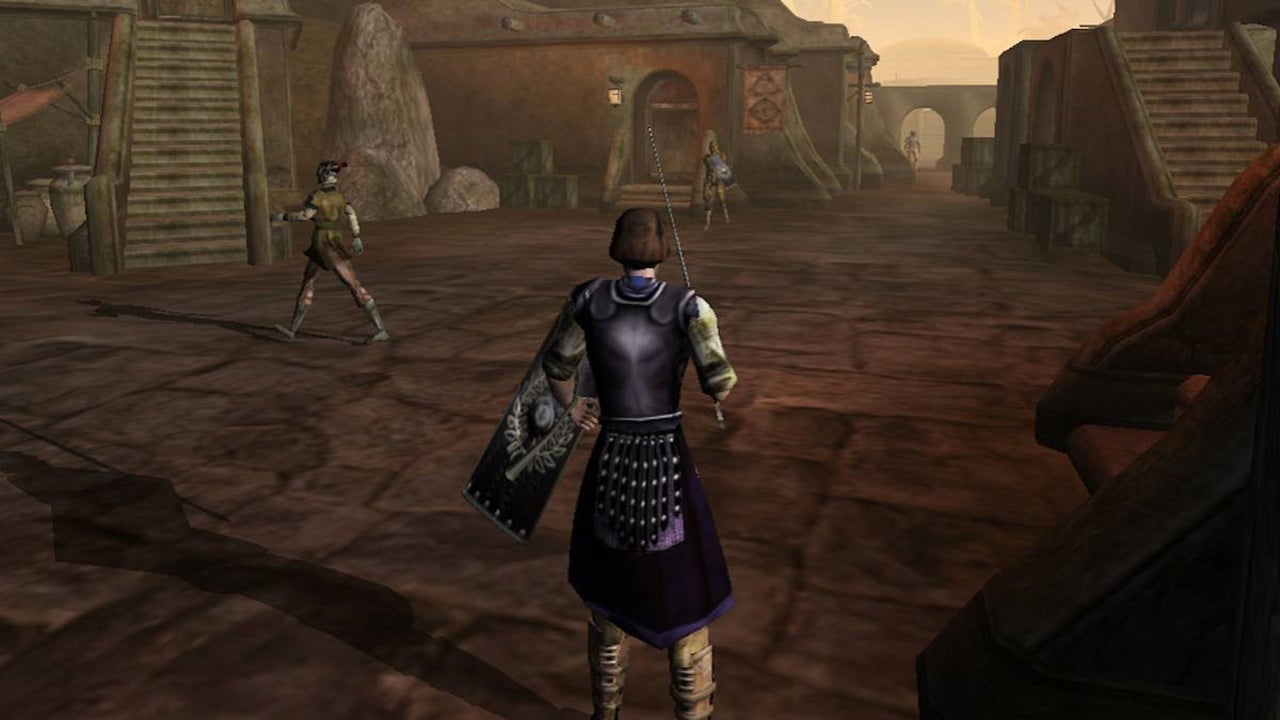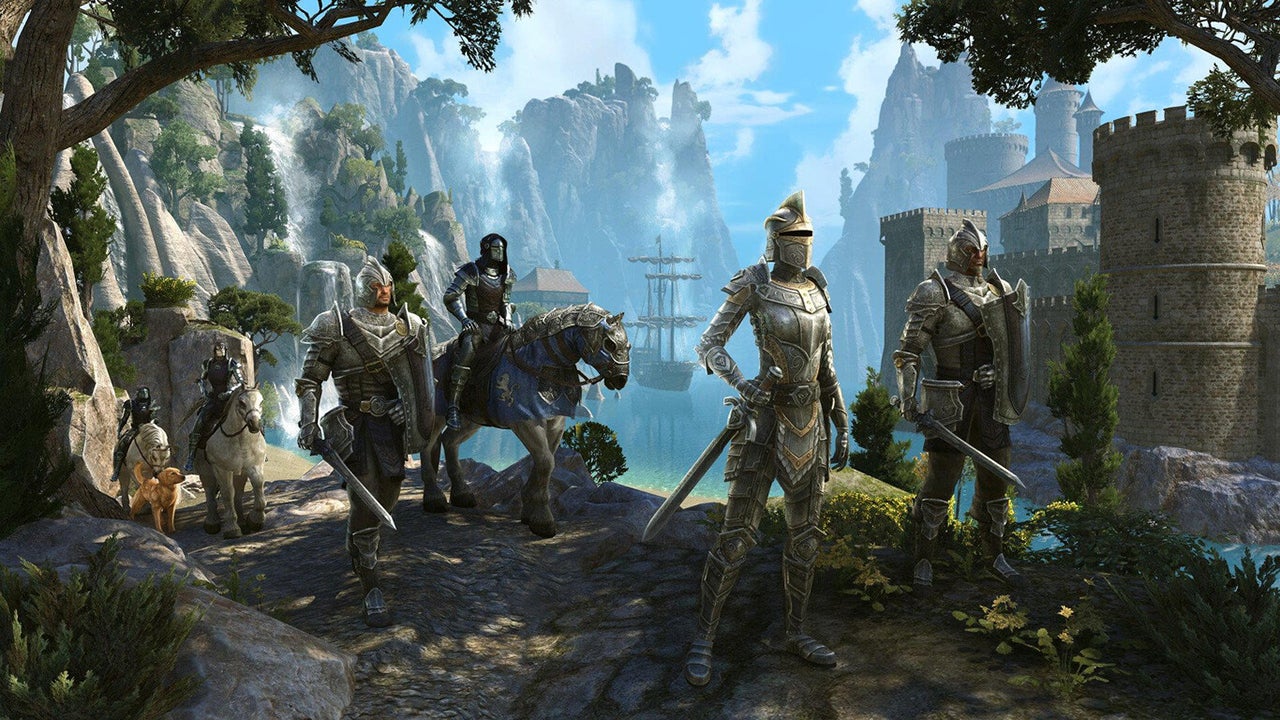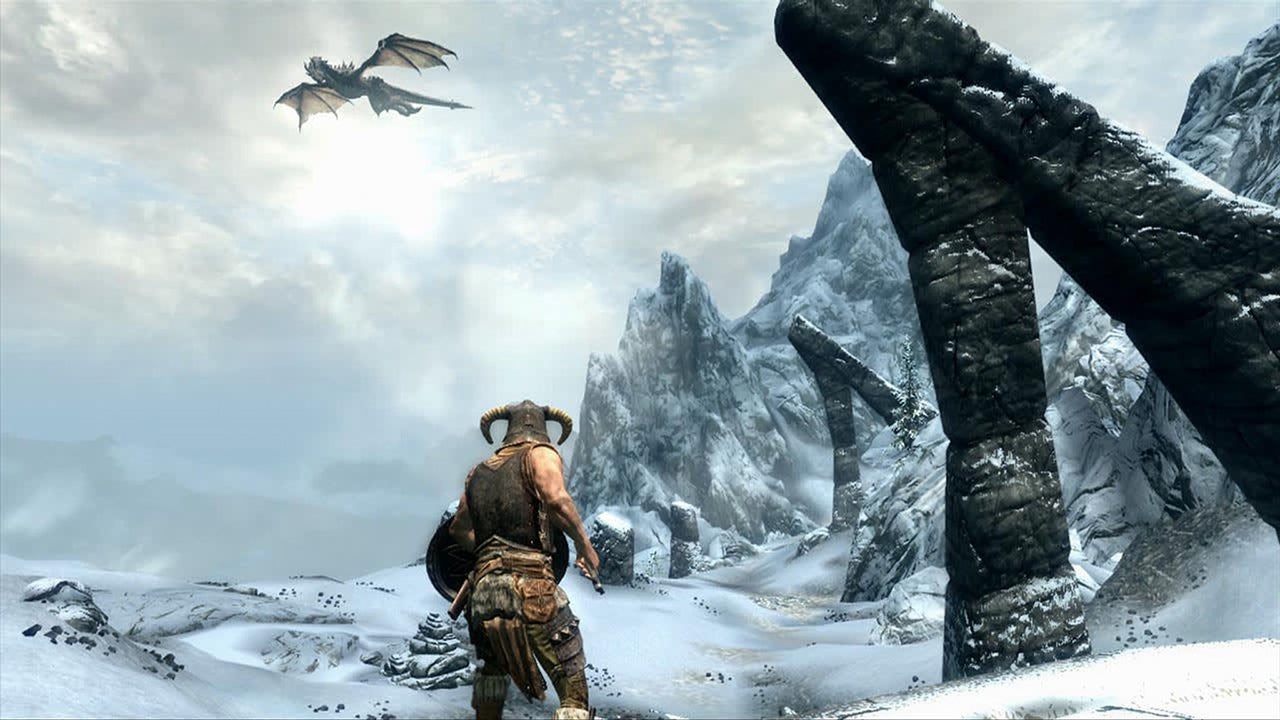Products You May Like
As we keep waiting for The Elder Scrolls 6 and – way before that – Starfield, us veteran Elder Scrolls fans keep wondering about where Bethesda might take the long-awaited sixth mainline entry of their big fantasy series.
Of course, we are almost sure at this point about where it’s literally going: either High Rock or Hammerfell, maybe even both. But what about everything else? More importantly, what about the unavoidable rework of its moment-to-moment gameplay and RPG systems? And beyond those elements, how big can it reasonably be?
As I discussed in my previous The Elder Scrolls 6 speculation piece, most folks are looking at Skyrim and The Elder Scrolls Online to fantasize about the next game. And that’s not a mistake, especially if we consider the ridiculous amount of Skyrim re-releases we’ve had in little more than a decade; that game is hugely important for Bethesda Game Studios. Even though Oblivion made the franchise mainstream thanks to its key role as one of Xbox 360’s early must-plays, Skyrim’s shadow is nearly impossible to escape and has shaped the entire open-world genre, RPG or not.
However, a main criticism of Skyrim has always been how “restrained” it was when it came to its deeper RPG systems. I still believe it’s the liveliest and most enduring Elder Scrolls, but it’s hard to deny that a fair amount of Morrowind and Oblivion’s more out-of-the-box ideas and systems were either toned down or thrown out the window. In fact, this streamlining process, which has ultimately benefitted the series, has been happening since Daggerfall. And it may be time to recover lost fragments of really cool game design and zany lore.
An easy win for The Elder Scrolls 6 would be to bring back spellcrafting – notably absent in Skyrim for dumb balance reasons – to make the magic-based builds way more enticing. Vanilla Oblivion already made pure mages not the coolest class type around… but glorious, busted-as-shit spellcrafting made them worth toying with. And if we go back to Morrowind or even Daggerfall, we’ll still find iterations of a neat optional system that gave these games a special flavor. In the search for more “realism” and in-universe coherence, Bethesda dropped unique features that could be easily refined. This is just an example.

In fact, the studio immediately returned to the do-it-yourself philosophy with Fallout 4 – only four years after Skyrim – by making the base-building and weapon-crafting systems key parts of the experience. Granted, the balance surrounding them was tighter for the most part, but it signified an important realization that freedom of choice for players was what actually made their modern games so everlasting. Ever since then (Fallout 76 and Starfield), the customization side of their games has been marketed left and right, and I fully expect The Elder Scrolls 6 to offer more on that front than just house-building and upgrading weapons.
It’s also worth returning to the matter of doubling down on kooky lore and weird fantasy. If you like to read through the in-game books in Skyrim or The Elder Scrolls Online, you’ll know Bethesda hasn’t completely buried its more off-beat past – Tamriel is still a deeply strange fantasy setting below the surface – but not many of those stranger elements pop up in the games anymore. Where have Daggerfall’s wereboars gone? What the hell is up with CHIM?

Even at their weirdest, Skyrim and Oblivion were designed to be mostly familiar in order to ease new players into a more obscure fantasy universe. Now that everyone has boarded Todd Howard’s hype train, what’s stopping The Elder Scrolls from getting at least Fallout levels of weird? In an increasingly busy market of open-world fantasy games, this series should unearth what made it special in the first place.
It may sound like I’m frustrated with the post-Morrowind direction of the franchise, but quite the opposite: I think it became actually approachable and fully enjoyable once it dropped many of its half-cooked systems and committed to more straightforward combat and skill mechanics. But I gotta admit that process also dissolved some of The Elder Scrolls’ untransferable charm. As more and more new IPs try to replicate its formula and put their twist on it, mining its well-established universe for the truly distinctive stuff might be the key to its survival.

Yes, The Elder Scrolls isn’t dying down anytime soon, but dreaming big is part of the franchise’s history and what made Bethesda explore previously uncharted territory with barely 3D games back when most devs were still trying to figure out linear first-person games.
That’s why Starfield fills me with hope – it’s daring to mix the studio’s biggest strengths and areas of expertise with procedural tech that can nurture unparalleled scale. No one should expect it to be perfect or as crowd-pleasing as Skyrim, but it’ll certainly be a major experiment that will better whatever comes afterwards. If someone can crack the handcrafted-procedural balance for open-world design, I believe that’s Bethesda. They’ve been there before, and success is within reach if they simply stay true to their core tenets.

In a way, The Elder Scrolls Online should also serve as (half) a blueprint for The Elder Scrolls 6, at least in terms of how diehard fans want their Elder Scrolls to play. The Skyrim DNA is there, but ZeniMax Online wisely recovered older bits and pieces to make it shine as an actual RPG. Moreover, it largely feels like a single-player RPG that happens to be inhabited by thousands of players on top of all the NPCs.
It’s grown into a compelling mix of the bygone Tamriel adventures and game design that looks to the future. Coupled with its massive but artisanal world, I feel like there’s plenty to learn from what others might disregard as “just another MMO game doing its own thing.”
One year from now, Bethesda Game Studios should be well into (actual, for real this time) pre-production of TES6. If we look at what’s coming next from them, where they come from, and what everyone else is doing, it’s not unreasonable to expect a new Daggerfall of sorts. That is, an ambitious fantasy RPG full of ideas and knowledge of the past, yet not afraid of exploring unfamiliar paths and making new mistakes.
